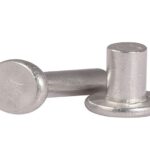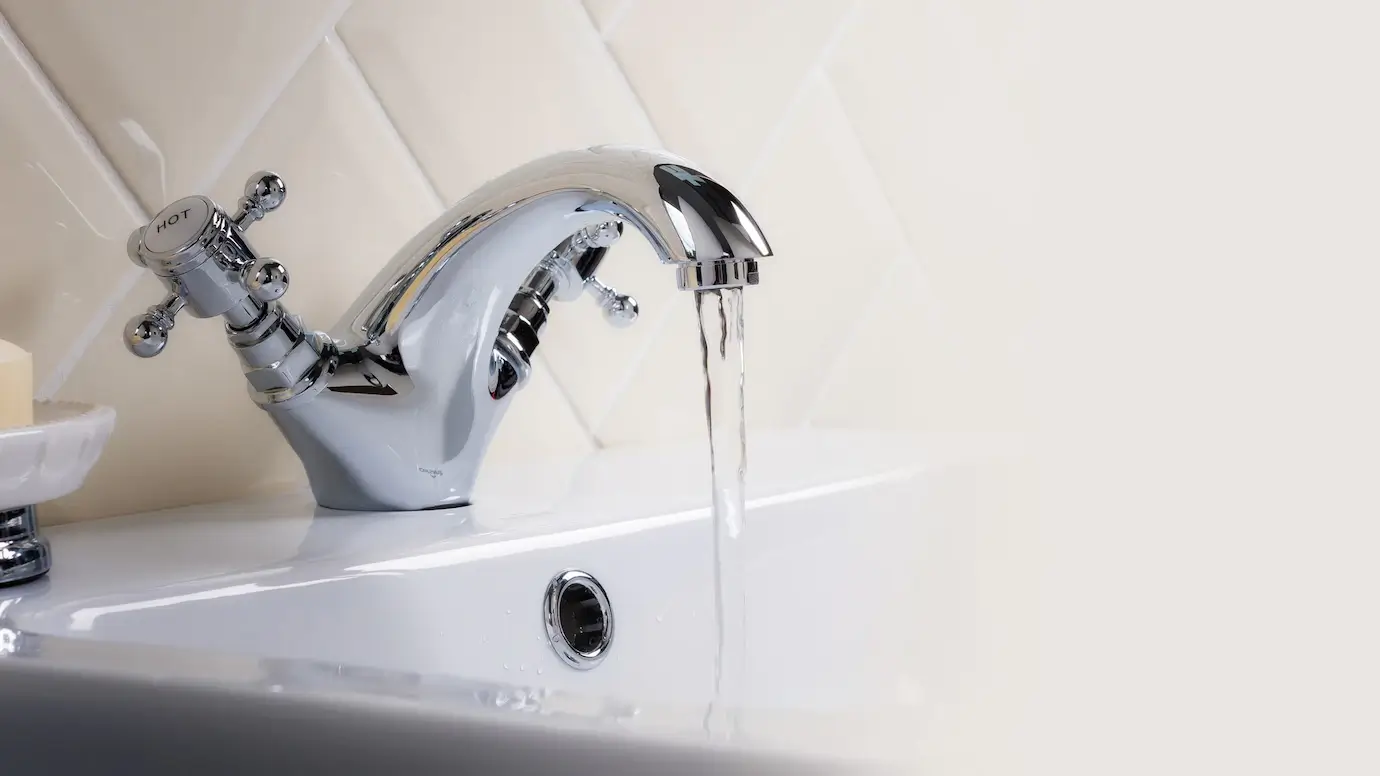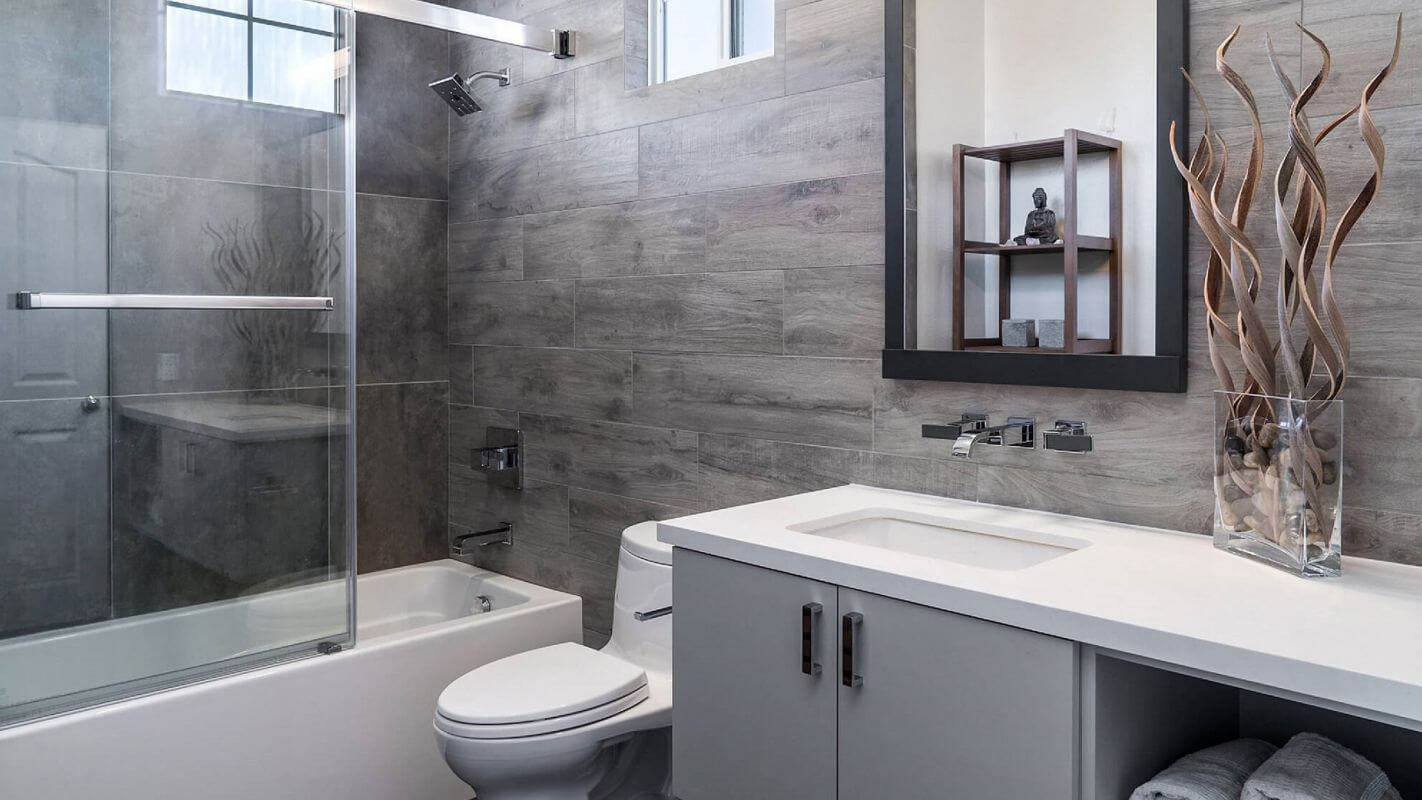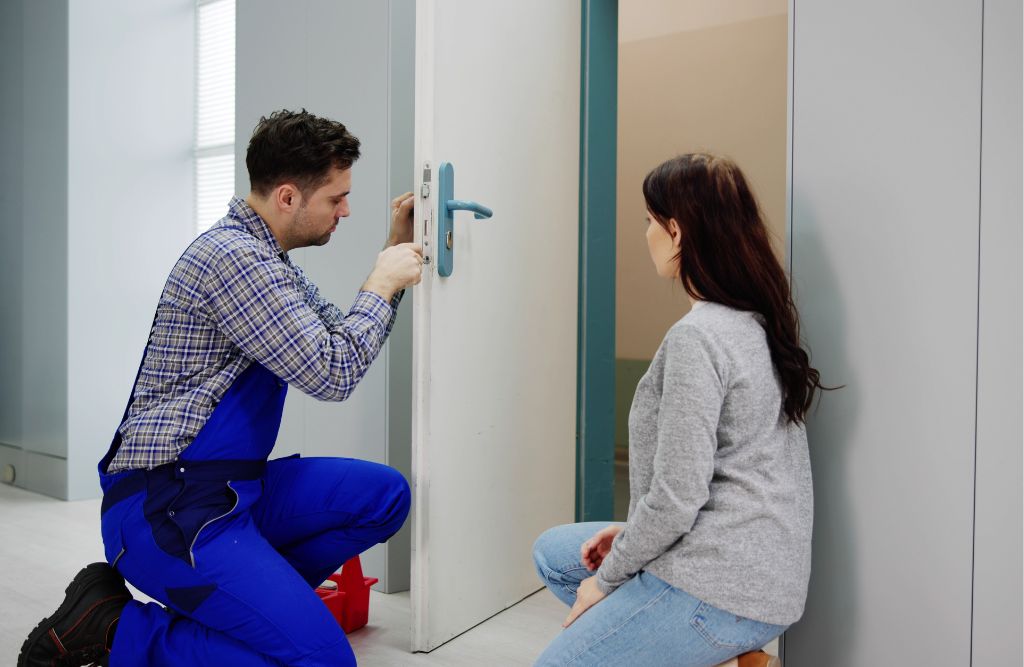Running plumbing for a sink can be a big job if you’re planning to install a new sink or replace an existing sink. However, it can also be relatively easy.
Installing a sink in your home is a simple process that anyone can do with the right tools and a little bit of know-how.
In this blog post, I’ll walk you through the steps involved in running plumbing for a sink. Keep reading to learn more!
1. Start by shutting off the water to the area where you’ll be working.
Shutting off the water to an area will help you avoid getting wet and muddy while working. If you’re working in a wet or muddy area, take precautions to protect yourself. Wear waterproof clothing, boots, and a raincoat if necessary.
When shutting off the water, always turn off the main water valve for the house so that any leaks from your work won’t cause flooding in other parts of the house. If you have not much knowledge about plumbing systems then you must hire a plumber nearby by searching online.
2.Remove the old sink and any existing plumbing.
To install a new sink, you’ll first need to remove the old one and any existing plumbing. If you’re working with a new sink, skip this step.
- Remove the cabinet or counter top where the old sink was installed. This can be done by removing screws or hinges along the edges of the cabinet. Be sure to save all of the screws and hardware so you can re-install them in the same location when you’re finished.
- Pry off any loose tiles around the perimeter of the drain area using a pry bar or screwdriver. Make sure to scrape away any built-up sediment and debris that may have collected over time. Once everything is free, use a plunger (or your hands if necessary) to clear out as much water as possible from beneath the sink.
- Disconnect all of the plumbing connections from beneath the sink – this includes both water lines and waste lines (if applicable). If there’s an overflow basin below, disconnect it too so it won’t get wet during installation..
- Carefully removethe old sink bowl by unscrewing it from its baseplate – make sure not to lose any bolts, washers, or other piecesIf the sink is not removable from its baseplate, you will need to remove the countertop. There are a variety of methods for doing this, but most involve removing screws or bolts that hold it in place. Once the countertop is removed, you can then unscrew and remove the old sink bowl. Make sure not to lose any of these pieces!

3. Install the sink’s drain assembly
When installing the sink’s drain assembly, make sure to use plumber’s putty to create a watertight seal. Plumber’s putty is a type of adhesive that is used to create a watertight seal between two surfaces. When you are finished installing the drain assembly, make sure to coat the entire area around the sink with plumber’s putty so that it will form a waterproof barrier.
4. Connect the sink’s supply lines to the water supply
When it comes to running plumbing for a sink, the most important thing to remember is that copper tubing is better than flexible plastic hoses. Copper tubing is less likely to kink and break, which can lead to water shortages or flooding.
Additionally, copper tubing will last longer than flexible plastic hoses, so you won’t have to replace it as often. If you do decide to use flexible plastic hoses instead of copper tubing, be sure to buy them in bulk and store them in a cool, dry place.
5. Turn the water back on and test the sink
If your sink is not draining or the water is not coming out of the faucet, there are a few things you can do to troubleshoot the issue. First, turn on the water and test it to make sure it’s working properly. If the water isn’t coming out of the faucet, check that all of the plumbing lines are connected and that there isn’t any debris blocking them. Next, try flushing the sink with cold water several times. If this doesn’t work, call a plumber.
With these simple steps, you can easily install a sink in your home. Just be sure to take your time and follow the instructions carefully to avoid any leaks or other problems.
Finally…
Hopefully, this post will help you add or update a sink in your home. If you’re planning to install a new sink or replace an existing one, check out this blog post for step-by-step instructions on running plumbing for a sink. If you have any questions, don’t hesitate to reach out in the comments below – I’m always happy to help!











